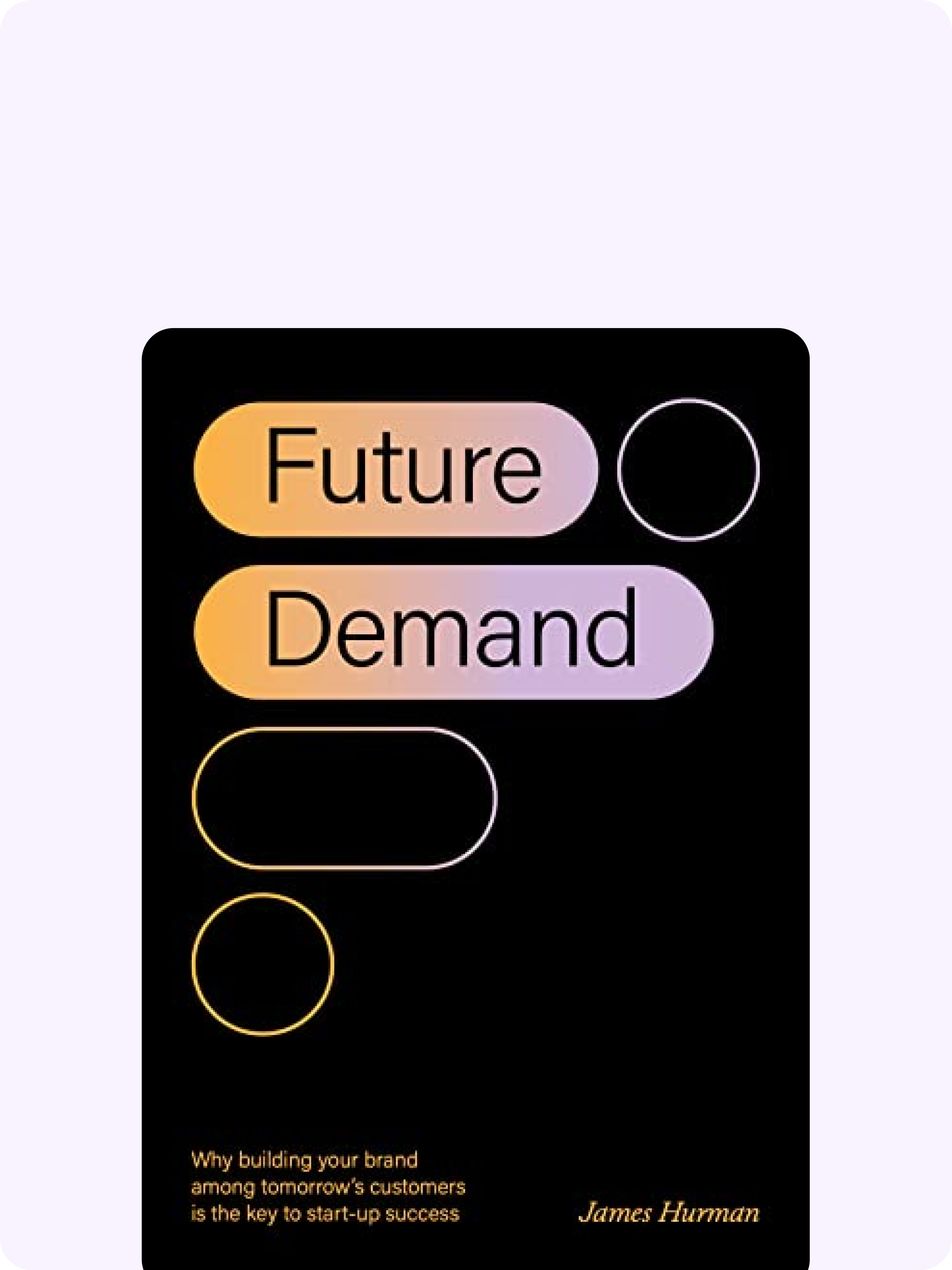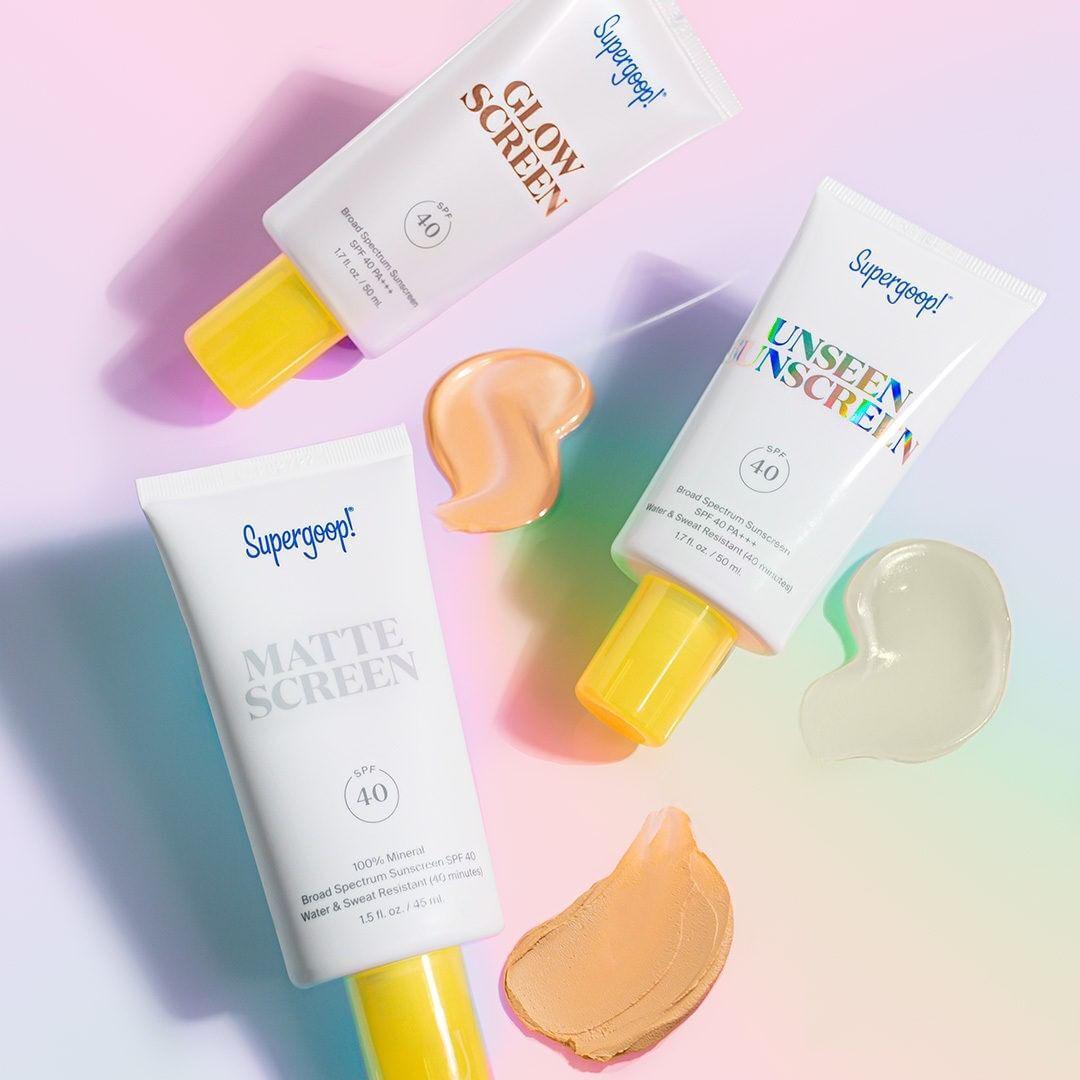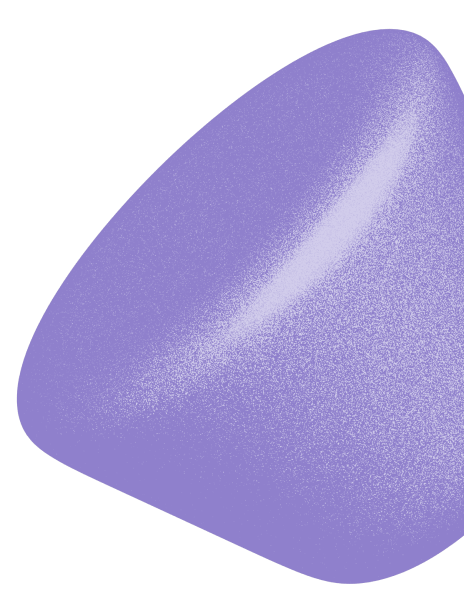Why TV advertising should be part of your growth strategy
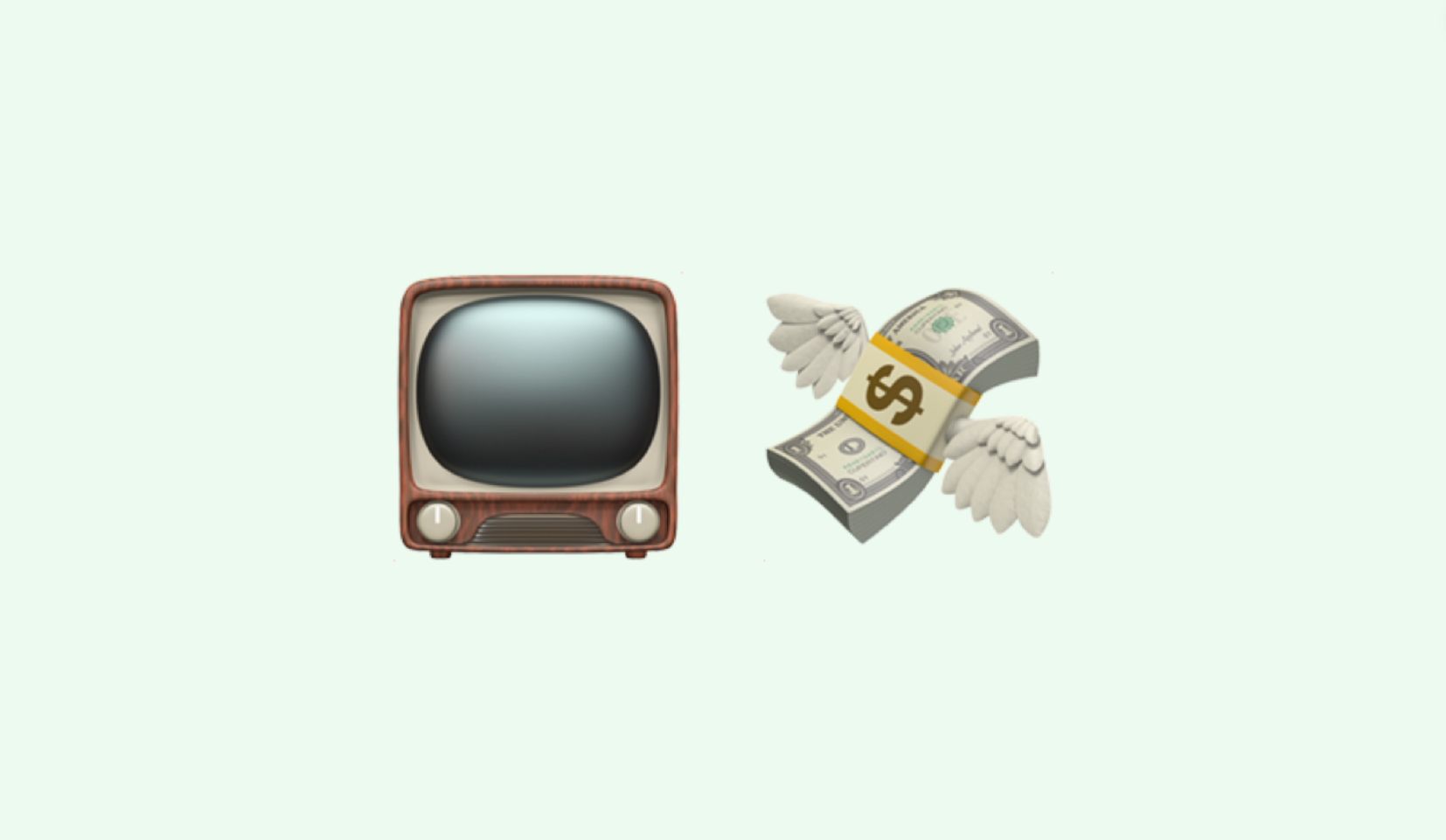
TV advertising is (still) an incredibly effective mechanism to grow your brand. Depending on how good you are at it — from both a media and creative perspective – it can also be cost-effective.
Don’t get me wrong, if your performance and lifecycle channels aren’t humming it’s unlikely TV advertising is going to be the best use of your marketing resources. But I’ve turned TV on for some of Australia’s most successful startups including Koala, Canva, Pilot and Juniper, and each time I’ve seen the power that TV has on both immediate conversion lift and long-term brand impact.
Isn’t TV dying?
Everything you’ve heard about linear (or broadcast) TV audiences shrinking is true.
You only have to think about how many streaming apps you have on your phone and TV to realise how fragmented media consumption has become.
However, broadcast TV still pulls crazy numbers. Remember when 7.2M people tuned into the Matildas shootout that stopped the nation and the marketing world spun out? According to Samba TV’s latest report, 5.2M households tune into linear each day, which Nielsen has pinned at ~20M individuals in a given week (>80% of the population). To put that into perspective, there’s 13.5M Instagram users in Australia. So there’s a good chance adding TV to your mix will unlock a lot of incremental reach for your brand.
It’s not all blockbuster broadcasting pulling in the eyeballs to linear TV. There is some evidenceOpens in new tab to suggest the pendulum might be swinging the other way with audiences young and old defaulting to sitcoms from the 90’s. Perhaps due to decision paralysis, or maybe there’s just more episodes of Seinfeld than there are of Squid Games.
Sign up to Shorts
For fortnightly brand insights, stories and goodness that'll help you win (we promise).
The rise of BVOD
Decision paralysis can certainly be solved by a one-way linear broadcast with no optionality. But content is and always will be king, and networks wouldn’t be able to compete if their streaming libraries weren’t chock-a-block, or they weren’t enabling audiences to consume content on their own terms.
If not for the Australian commercial Networks’ ‘Broadcast Video On Demand’ (catchup/BVOD) figures each year, you’d think the population was shrinking. Around 8M Aussies choose BVOD over linear, their dwell time is longer, and the reach grows ~20% each year. That’s why networks have started reporting on what they’re calling “total tv” numbers (linear + BVOD) and the expansion in the latter offsets the contraction in the former (just).
“SVOD” (such as Netflix, Amazon Prime etc) outranks BVOD taking a 70% shareOpens in new tab of total streaming audiences, but not many of those eyeballs can be reached. Ultimately humans want to be entertained, we don’t care where we have to go to get it. We watch it all, and as advertisers, we should buy it all.
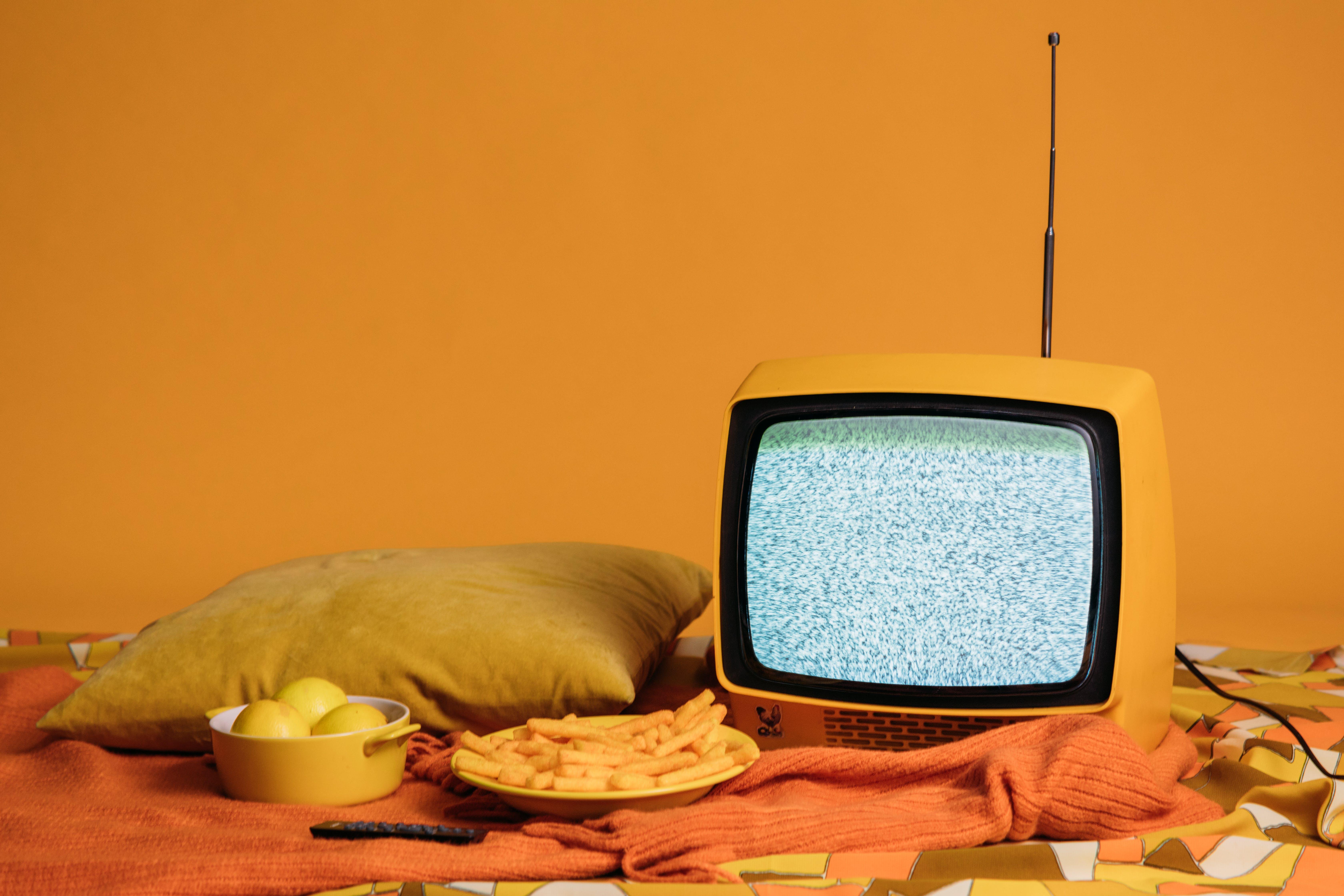
How do you buy TV?
The upside of having no programmatic auction and locking in a CPM through a reserve buy is that you can arbitrage the media owners. Networks are obliged to deliver on their impressions within a 10% buffer, but anything they over-deliver is a value add. And because the networks have no concrete idea how many people are going to watch ‘Ice Road Truckers’ at 3pm on a Thursday, it makes for happy hunting on the client’s side.
Big brands with big budgets are still making major corrections to their media mix and dollars continue to shift away from “traditional” media channels towards digital. So there is way less upward pressure on TV CPM’s than the constant creep in performance channels and it’s easy to bag a bargain from networks if you know what you’re buying and how to negotiate. Yes, actual negotiation is required if you want a bigger discount on your media. And yes, all TV media you buy has some level of discount, but what level depends on how good you are at the former point.
Depending on who you ask, you’ll get different answers on what the perfect reach and frequency (R&F) is. And there’s good reason for that. Some brands benefit massively from the direct response impact of showing up in daytime and shoulder programming, driving cost effective reach and decent frequency. Others swear by the “brand halo” of high impact spots in things like live sport and the news, which they’ll be happy to pay a premium for.
The truth is, there’s only a few toggles that you should constantly be experimenting with to see what is driving the most impact for your brand: main channel vs multi-split, peak vs off-peak programming, 15/30/60s placements and of course geo. Toggle something too far and you’ll end up with fewer and more expensive eyeballs, too far in the other direction and you’ll be smashing the same small small audience over and over.
There are a few different ways to buy BVOD: by program, geo and/or demographic. The networks also like to sell custom audience segments enriched with third party data. The trick is not to get too carried away or your audience may end up too narrow. Unfortunately BVOD only trades on impressions (not R&F), which means it’s imperative to put frequency caps in place to optimize your campaign. For whatever reason, they haven’t yet figured out how to stitch an IP address to a login to get a unique reach figure. Which is unfortunate, it would certainly be more useful than “total minutes streamed”.
This is the crux of it but I get it’s still a lot to absorb if you’re just dipping your toe in. I’d be happy to jump on a call to answer any questions and see if there’s any way Oodle can support your brand. Jump over to Oodle’s websiteOpens in new tab and get in touch with us, we don’t charge anything.
How to measure TV
A lot of people espouse the long term positive impacts of brand advertising, which are legitimate. But they can quickly become esoteric if you don’t have the right brand tracking in place. Tracksuit is an incredibly accessible always-on brand measurement solution that gives you top of funnel brand health (awareness, consideration, sentiment, etc) sliced by geo and demographic. I’ve been using it for two years on brands I’ve worked on, and having converted from the incumbent brand tracking companies, I’m never looking back.
Brand is great, powerful, and important. All the things. But if your TV campaigns are driving no behavioural outcomes (e.g. sales) it’s unlikely you’ll get budget to run many more with negative ROI.
Hopefully you’ve done away with the idea of building your own multi-touch attribution model. It’s expensive, time consuming and probably inaccurate. So you’re best off buying something off the shelf (if at all).
If you care about CAC and whether channels are driving incremental conversions, you should be geo testing before scaling. Either by holding out a city or just ramping into one that’s nationally-representative of your customer base. Run a test for a month or more then compare your test and control markets for uplift in traffic, conversions or some other mid-funnel event over time. You can also look at your blended CAC by market. Here’s where regression model tools like BimodalOpens in new tab come in handy for automating uplift tests and simplifying media mix modeling.
Finally on measurement, please, please, please ask your customers how they heard about you in your checkout flow. It doesn’t add much friction and the data is extremely helpful in better understanding what channels are doing the heavy lifting. And make sure “friend” is an option – if your brand starts to ramp up, the network effect should kick in.
Final words
The question that never seems to go away is, “What percentage of my mix should be TV?” It depends on things like how maxed out your performance channels are, where your target demo consumes media, what consumer moments you can tap into and how well your creative captures attention in different channels.
There is no one size fits all approach. But if you’ve got this far, it’s probably more than 0%.
Matt Rossi is the Founder of Oodle, an agency that helps with simple, effective and transparent media buying for growth companies and the outgoing Head of Growth at Eucalyptus. Previously, he worked at iconic Aussie brands like Canva as the Head of Brand Marketing and Koala as the Head of Creative. Thanks for sharing your smarts with us, Matt!
Check out Oodle’s websiteOpens in new tab to find out more.


